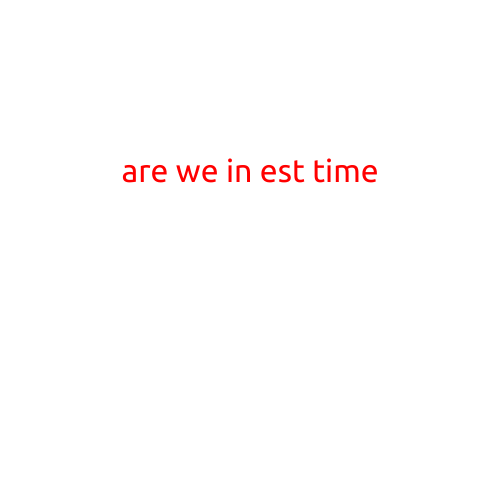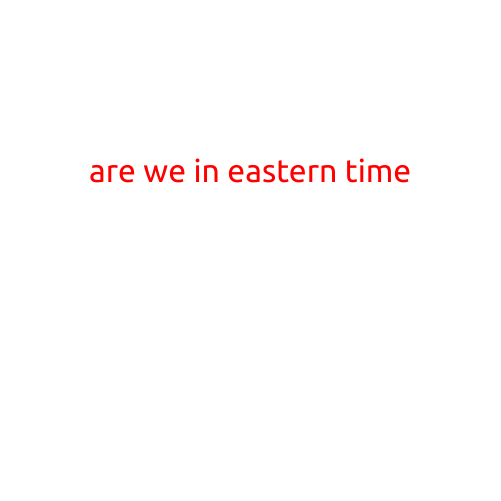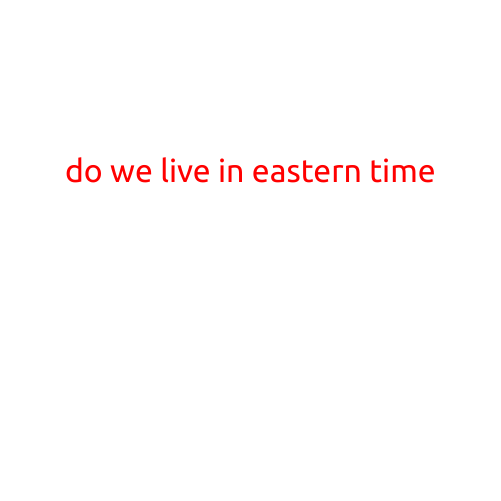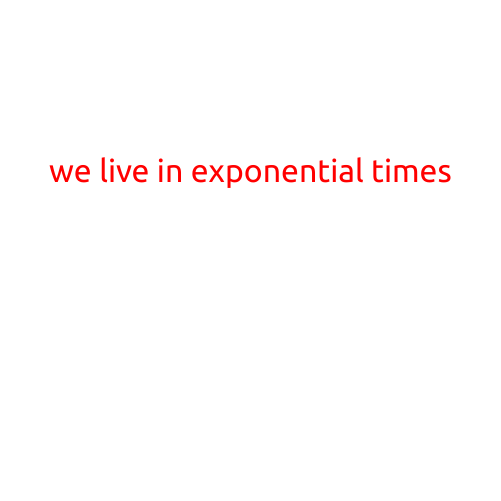
Which Time Era Do We Currently Live In?
As humans, we often find ourselves wondering about the nature of time and where we fit in its vast expanse. Are we living in a chaotic era of change or a tranquil period of stability? Is this a moment of great social progress or a time of precarious uncertainty? The answer, surprisingly, is not a simple one.
In the fields of history, philosophy, and science, there are various theoretical frameworks and models that attempt to categorize and understand the different eras of human existence. From the distant past to the present day, each era has its distinctive characteristics, challenges, and opportunities. So, which time era do we currently live in?
The Stone Age to Ancient Civilizations (Prehistory to 500 CE)
The earliest human eras, often referred to as the Stone Age, were marked by the slow development of tools, language, and social organization. With the rise of agriculture, writing, and city-states, civilizations began to flourish, giving birth to new forms of governance, architecture, and culture.
The Medieval Period (500 CE to 1500 CE)
The Middle Ages were a time of relative stability, marked by the dominance of feudalism, the rise of Christianity, and the establishment of monasteries, universities, and trade guilds. This era saw the development of chivalry, the Crusades, and the emergence of nation-states.
The Age of Exploration and Colonization (1500 CE to 1800 CE)
As European powers expanded their territories, the Age of Exploration and Colonization marked the beginning of the modern era. New trade routes, European imperialism, and the discovery of the New World transformed global politics, economies, and cultures.
The Industrial Revolution and Modern Era (1800 CE to 2000 CE)
The Industrial Revolution brought about revolutionary changes in technology, manufacturing, and society, as machines replaced human labor and urbanization accelerated. This era saw the rise of nation-states, the expansion of capitalism, and the development of modern science and medicine.
The Digital Age and Post-Industrial Era (2000 CE to present)
In the 21st century, we have entered a new era defined by the widespread use of digital technology, the internet, social media, and globalization. This era has transformed the way we communicate, work, and interact, with the rapid growth of services, knowledge economies, and the gig economy.
Post-Modernity and the Anthropocene (present day onward)
Some scholars argue that we have now entered a postmodern era characterized by the increasing complexity, fragmentation, and interconnectedness of global systems. Others propose that we are living in the Anthropocene, an era in which human activity has become the dominant force shaping the planet’s ecosystems, climate, and geology.
Conclusion
Which time era do we currently live in? The answer depends on one’s perspective. Are we living in a digital age of unbridled global connectivity, or a postmodern era of fragmented identities and hyper-transience? Perhaps we are in the midst of the Anthropocene, where human impact on the planet reigns supreme.
As we navigate the complexities of the 21st century, it is essential to acknowledge that we are living in a moment of transition, shaped by the cumulative effects of historical, technological, and environmental forces. By examining the characteristics of each era, we can better understand the challenges and opportunities that lie ahead, as humanity continues to evolve and shape the world around us.





